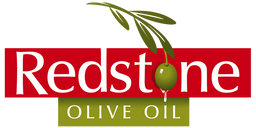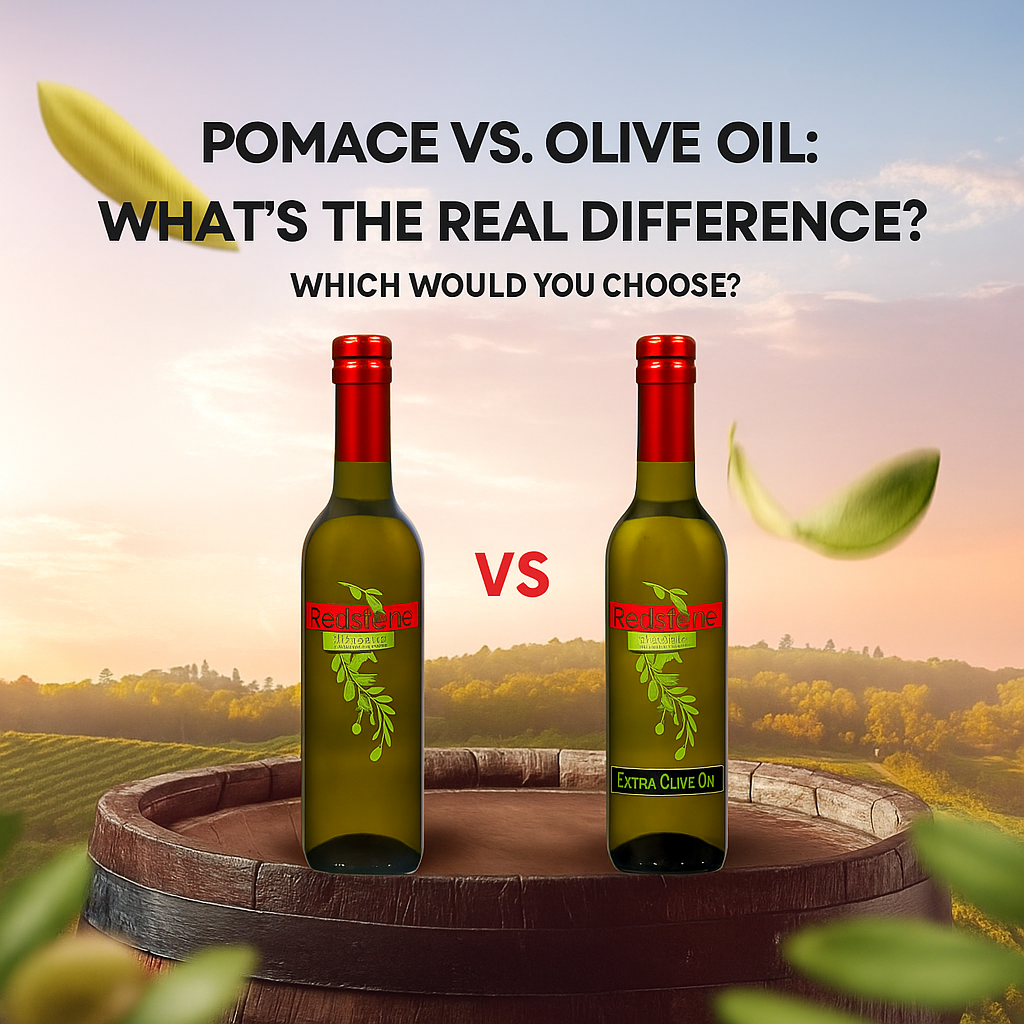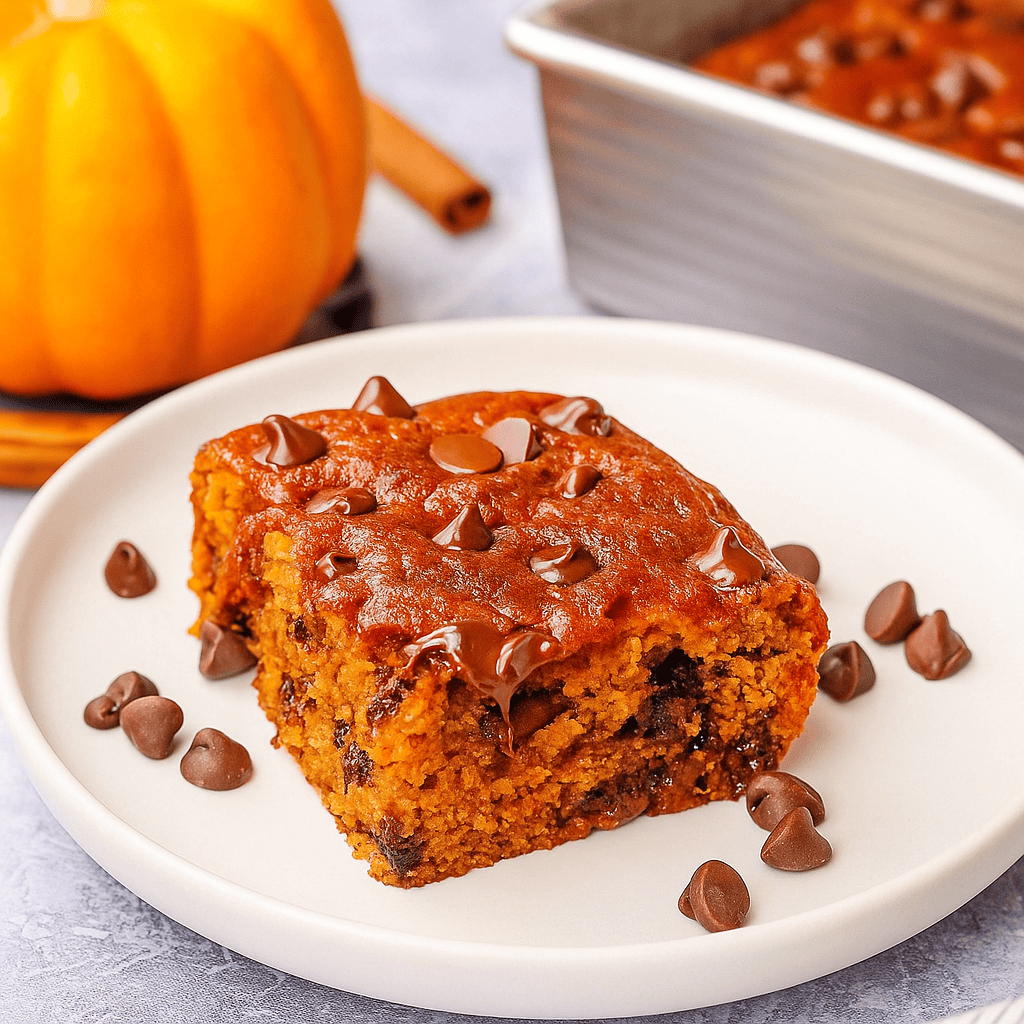
For ages, olive oil has been considered a healthier option in living, diet, and taste. The Mediterranean diet has shown for centuries that olive oil is a 'liquid gold' ingredient. It makes meals better and tries to improve the overall living, makes flavor better, and also brings people together. Olive oil is an ingredient that can also mean many different things that all still pretty similar. For instance, extra virgin, virgin, refined, olivella, and pomace olive oil. One of the questions that most people would ask out of many prejudices and reasons about these products, would be what is the difference between pomace olive oil vs traditional olive oil.
If you are wondering what is the difference between pomace olive oil vs. olive oil, this article will provide a more thorough background knowledge on both types of oils in terms of where they came from, how they were made, the nutritional value, what they would be used for, and which is better for you.
What is Olive Oil?
Olive oil is made from the extraction of fresh olives through a mechanical pressing process, and based upon processing and commercial quality, olive oils can be labeled as:
Extra Virgin Olive Oil (EVOO) - EVOO is the highest grade of oil and is obtained by mechanically pressing and keeping the oil unheated, which also keeps the oil from being refined. EVOO should have extraordinary taste, flavor, and nutritional benefits.
Virgin Olive Oil - Virgin Oil is also mechanically pressed and unrefined but is considered a lower quality than EVOO
Refined Olive Oil - Refined edible oil is made from virgin olive oils that are of exceptionally low quality. The oil has been refined either through heating or chemicals neutralizing it of flavor, and allowing for the deteriorated product to remove impurities.
The one common denominator is that the oil originates from olives; no matter what grade, the oil reflects the nature and composition with most of the health benefits.
Now What is Pomace Olive Oil?
Pomace olive oil is a unique product that also comes from leftovers, but after the fresh olives had the oil removed mechanical. This portion of the olives after the first pass is referred to as pomace or the pressed olive cake of the olives. The pomace after the first press consists of the skins, pulp, seeds, and stems of the olives.
Pomace has only a small amount of oil and cannot be mechanically removed, it only gets the oil extracted through chemical solvents (usually hexane) and heat to separate the weight of oil. After the extraction, is fully refined, and sometimes has small amounts of virgin olive oil to modify flavor
Pomace only has a small amount of oil and cannot be mechanically extracted. Instead, only chemical solvents (often hexane) and heat are used to extract the balance of the oil. After extraction, that product is refined and sometimes combined with small amounts of virgin olive oil to improve flavor and color.
Therefore, pomace olive oil is far from virgin olive oil; nevertheless, pomace olive oil can be a by-product of olive oil, and in some uses can be substituted for olive oil in the kitchen or industry.
Key Differences between Olive Oil and Pomace Olive Oil
1. Origin and Extraction Process:
Olive Oil (EVOO & Virgin): Produced by mechanically extracting the oil from fresh buzz olives, without the use of any chemical agents.
Pomace Olive Oil: Is produced through the use of excess processing by solvents, heat and refining the residual paste of the olives (this is what is remaining after the previous process).
2. Nutritional Value
Olive Oil: Retains a fair number of healthy antioxidants, polyphenolic compounds, and vitamins E and K as well as healthy mono-unsaturated fat.
Pomace Olive Oil: is nutrient deficient by virtue of the processing; it is however rich in healthy fats but lacks the level of nutrients present in high-quality, cold-pressed extra virgin olive oil.
3. Flavour and Aroma
Olive Oil: Will produce oils that are typically rich in flavour, aromas, and fruity. Olive oil can provide added flavour to appetizers, salads, and dressings.
Pomace Olive Oil: Typically offers very bland tasting oils or oils that are neutral to little tasting; will not be used to enhance flavouring and will likely loaded with excessive oil when cooked. Pomace oils are fine to use with frying and baking.
4. Smoke Point
Extra Virgin Olive Oil: Approximately 375°F (190°C). Suitable for sautéing, roasting, broiling, baking, and use it in raw.
Pomace Olive Oil: Higher smoke point (approximately 450°F / 232°C). Possibly more stable for frying and cooking at high temperatures.
5. Cost
Olive Oil (extra virgin especially): A lot costlier because it is entirely extracted (first cold-pressed) and of high nutritional quality.
Pomace Olive Oil: Less expensive, as it is an extraction of residue and is heavily refined.
Appropriate Uses for Pomace Olive Oil vs Olive Oil
Pomace Olive Oil
High temperature cooking: Perfect for frying, grilling, and deep frying because it is very stable.
Commercial use: Found in restaurants needing to use large portions, and minimize costs.
Industry: Found in soaps, cosmetics, and even in some processed foods.
Olive Oil
Raw: Ideal for pouring on salads, bread, pasta, and dips.
Medium temperature cooking: Ideal for sautéing vegetables, grilling, and roasting.
Healthiest Choices: Ideally uses it for antioxidant effects, and overall health effect.
Health Viewpoint: Which is More Healthier?
When it comes to health, the obvious answer is much easier to see for extra virgin olive oil. Extra virgin olive oil contains healthy antioxidants, polyphenols and other nutrients that research has shown as preventative factors for heart disease, aiding digestion, improving skin health and being anti-inflammatory.
Pomace olive oil is safe and fine for human consumption but has mainly lost a lot of the beneficial properties of extra virgin olive oil due to the chemical extraction process of pomace olive oil. Pomace olive oil does contain monounsaturated fats, which are much better for you than trans fats or refined seed oils.
If you are a consumer that is health-oriented, the best substance for health conscious is olive oil, particularly extra virgin olive oil. If you are a consumer that is cost conscientious for using affordable, high heat oil, pomace olive oil has a purpose.






